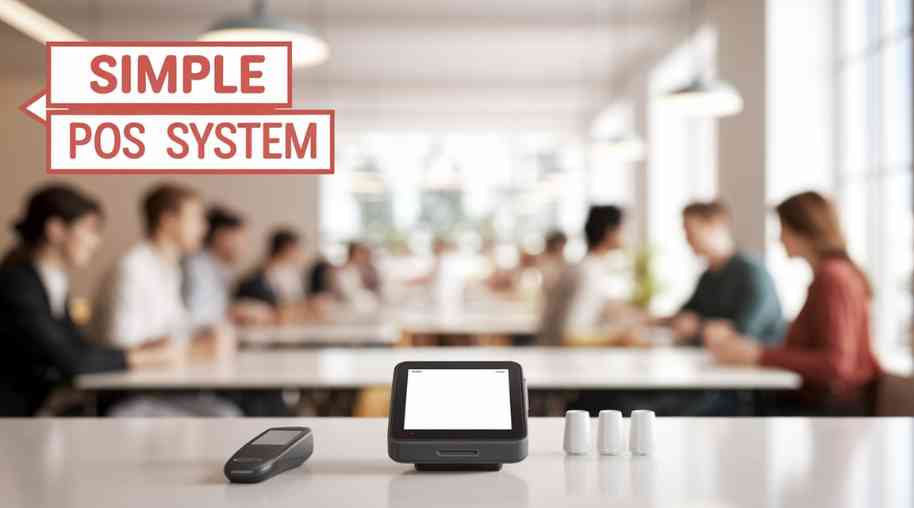POS Full Form-Point of Sale
by Shashi Gaherwar
0 1019
Point of Sale: The Backbone of Retail Transactions
The Point of Sale (POS) system is a critical tool for retail and service businesses, streamlining transactions, managing inventory, and enhancing customer experiences through advanced technology integration.

This article explores the components, types, benefits, challenges, and future trends of POS systems in modern business operations.
Components of a POS System
A modern POS system includes:
- POS Software: Manages sales, inventory, and reporting.
- POS Hardware: Includes cash registers, barcode scanners, receipt printers, and card terminals.
- Payment Processing: Supports cash, cards, mobile payments, and digital wallets.
- Inventory Management: Tracks stock levels to prevent shortages.
- Customer Relationship Management (CRM): Stores data for loyalty programs and marketing.
Types of POS Systems
POS systems vary by industry needs:
- Traditional POS: Used in physical stores with cash registers and scanners for in-person transactions.
- Cloud-Based POS: Stores data online, accessible across devices, ideal for multi-location businesses.
- Mobile POS (mPOS): Uses smartphones or tablets, perfect for small businesses and pop-up shops.
- Self-Service Kiosks: Enables customer-driven purchases, common in fast-food and retail.
- E-commerce POS: Integrates with online stores for order and inventory management.
Benefits of a POS System
POS systems offer:
- Faster Transactions: Speeds up checkouts, reducing customer wait times.
- Accurate Inventory: Prevents stock issues with real-time tracking.
- Enhanced Security: Protects data with encryption and secure gateways.
- Improved Customer Experience: Offers loyalty programs and personalized marketing.
- Data Analytics: Provides sales trends for informed decisions.
Challenges and Considerations
Challenges of POS systems include:
- Setup Costs: High initial investment for advanced systems.
- Technical Issues: Downtimes disrupt operations without backups.
- Security Risks: Cyber threats require robust encryption.
- Staff Training: Employees need training for efficient use.
Future Trends in POS Technology
Emerging POS trends include:
- AI-Powered Systems: Uses predictive analytics for customer insights.
- Blockchain Payments: Ensures secure, transparent transactions.
- Biometric Authentication: Employs facial recognition or fingerprints for payments.
- IoT Integration: Connects with smart devices for automation.
- Voice-Activated POS: Enables hands-free operation in busy settings.
The Point of Sale (POS) system is indispensable for efficient retail transactions, enhancing operations and customer satisfaction. As technology advances, investing in robust POS solutions is key for businesses to remain competitive in the digital marketplace.
Further Learning Resources
If you’re passionate about building a successful blogging website, check out this helpful guide at Coding Tag – How to Start a Successful Blog. It offers practical steps and expert tips to kickstart your blogging journey!
For dedicated UPSC exam preparation, we highly recommend visiting www.iasmania.com. It offers well-structured resources, current affairs, and subject-wise notes tailored specifically for aspirants. Start your journey today!

Share:








Comments
Waiting for your comments